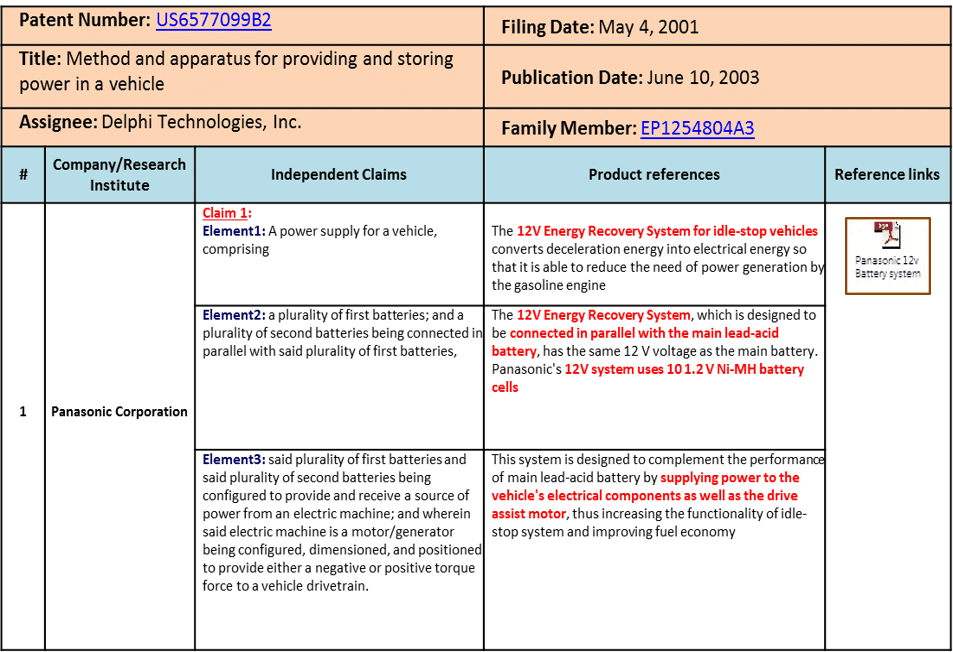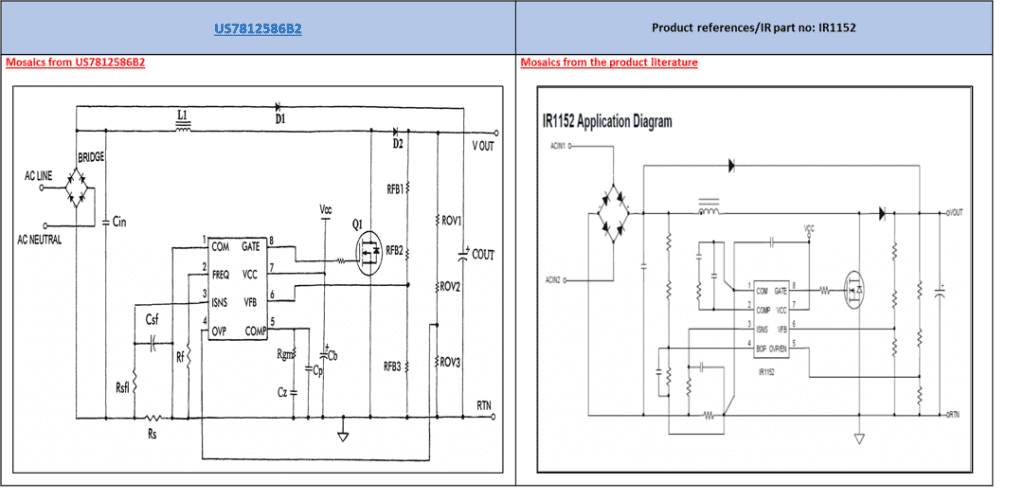Claim Charts are very useful for analysis related to validity of patents or to determine infringement of a patent. Making a claim chart involves reviewing a claim and breaking it down into various limiting elements. The key aspect is to understand the broadest possible interpretation of each element instead of limiting to keywords or synonyms. The broadest possible interpretation is assessed by systematic reading of patent specifications and file history.
In case of a validity study, prior art is placed against each identified element of the claim to depict if all elements are known in a single or multiple prior art references. This helps in clearly defining arguments, comparison or similarities regarding novelty or obviousness.
In the case of anticipated infringement, features of an accused product, process or a standard are placed against each identified element of the claim in order to conduct the all elements test for infringement.
Key Deliverables


